August 2024)
TOPICS TO BE COVERED
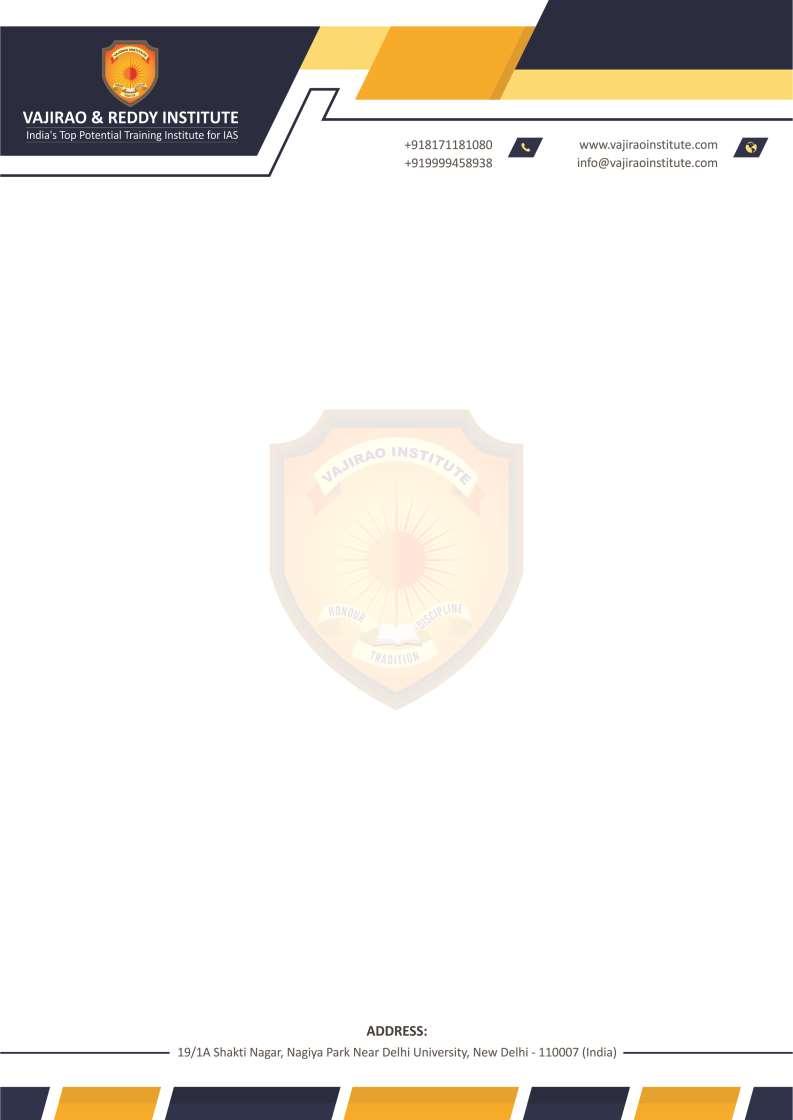
• JAPAN’S ADVISORY ON MEGAQUAKE
• OCEAN TEMPERATURE IN GREAT BARRIER REEF HOTTEST IN 400 YEARS
• MCQs
+918988885050
+918988886060

August 2024)
TOPICS TO BE COVERED

• JAPAN’S ADVISORY ON MEGAQUAKE
• OCEAN TEMPERATURE IN GREAT BARRIER REEF HOTTEST IN 400 YEARS
• MCQs
+918988885050
+918988886060
After a 7.1-magnitude earthquake shook southern Japan on Thursday (August 8), the country’s meteorological agency issued its first-ever “megaquake advisory”. The warning said the likelihood of strong shaking and large tsunamis is higher than normal on the Nankai Trough, a subduction zone (a region where tectonic plates collide with each other, and the heavier one slides under another) along Japan’s southwest Pacific coast.

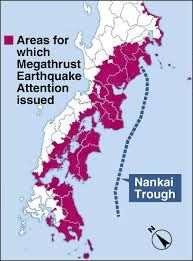
A megaquake is a term used to describe an earthquake of exceptional destructive power, typically with a magnitude of 8 or greater. These seismic events are capable of causing widespread devastation, including massive structural damage, tsunamis, and loss of life.
Key characteristics of a megaquake:
• Magnitude: Exceeds 8 on the Richter scale.

+918988885050
+918988886060
• Destructive power: Can cause catastrophic damage over a large area.
• Tsunami potential: Often triggers massive and destructive waves.
The Nankai Trough is an underwater subduction zone (nearly 900 km long) where the Eurasian Plate collides with the Philippine Sea Plate, pushing the latter under the former and into the Earth’s mantle.
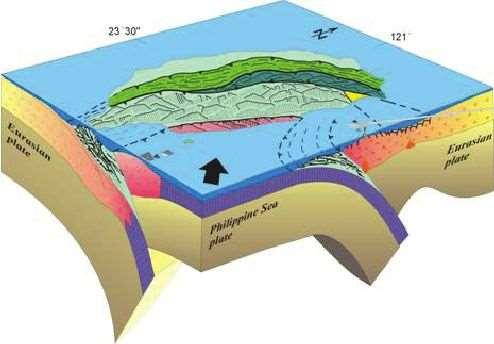
This accumulates tectonic stress which can cause a megaquake an earthquake with a magnitude larger than 8.

+918988885050
+918988886060
The trough has produced large earthquakes roughly every 100 to 150 years, according to the 2023 study, ‘High probability of successive occurrence of Nankai megathrust earthquakes’, published in the journal Nature. These tremors usually come in pairs, with the second often rupturing in the subsequent two years the most recent “twin” earthquakes took place in 1944 and 1946.
• Such a megaquake could send tremors to areas from central Shizuoka about 150 km south of Tokyo — to southwestern Miyazaki.


+918988885050
+918988886060
• Tsunami waves of up to 98 feet may reach Japan’s Pacific coasts within minutes.
• A 2013 government report found that a major Nankai Trough earthquake could impact an area that covers about a third of Japan and where about half the country’s population of more than 120 million people lives.
• The economic damage due to the disaster could go up to $1.50 trillion, or more than a third of Japan’s annual gross domestic product.
No. An accurate prediction of an earthquake needs a precursory signal from within the earth, indicating a big quake is on the way. The signal must also occur only before large earthquakes so that it does not indicate every small movement within the earth’s surface. Currently, there is no equipment to find such precursors.
Thursday’s advisory by Japan’s meteorological agency was just a warning not a prediction it had nothing to do with science, Robert Geller, professor emeritus of seismology at the University of Tokyo, told the BBC. The advisory asked residents to prepare, review evacuation routes, and consider potential future warnings.

+918988885050
+918988886060
Water temperatures in and around Australia’s Great Barrier Reef have risen to their warmest in 400 years over the past decade, placing the world’s largest coral reef under threat, according to a new study.
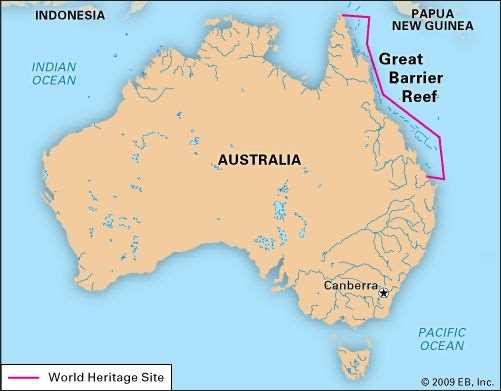
This research is unique, in that it puts the effects of man-made climate change in historical context. Other studies have looked at the damage to the reef over a shorter time frame.

+918988885050
+918988886060
• Corals are marine invertebrates or animals not possessing a spine.
• Each coral is called a polyp and thousands of such polyps live together to form a colony, which grows when polyps multiply to make copies of themselves.
• Corals share a symbiotic relationship with single-celled algae called zooxanthellae.
• The algae provides the coral with food and nutrients, which they make through photosynthesis, using the sun’s light.
• In turn, the corals give the algae a home and key nutrients. The zooxanthellae also give corals their bright colour.
• Australia’s Great Barrier Reef is the world’s largest reef system stretching across 2,300 km.
o It hosts 400 different types of coral, gives shelter to 1,500 species of fish and 4,000 types of mollusc.
• A group of scientists at universities across Australia drilled cores into the coral and, much like counting the rings on a tree, analysed the samples to measure summer ocean temperatures going back to 1618.

+918988885050
+918988886060
• Combined with ship and satellite data going back around a hundred years, the results show ocean temperatures that were stable for hundreds of years began to rise from 1900 onwards as a result of human influence.
• From 1960 to 2024, the study’s authors observed an average annual warming from January to March of 0.12 degree Celsius per decade.
• Since 2016, the Great Barrier Reef has experienced five summers of mass coral bleaching, when large sections of the reef turn white due to heat stress, putting them at greater risk of death.
• Coral Bleaching happens when corals experience stress in their environment due to changes in temperature, pollution or high levels of ocean acidity.
• Under stressed conditions, the zooxanthellae or food-producing algae living inside coral polyps start producing reactive oxygen species, which are not beneficial to the corals.
• So, the corals expel the colour-giving zooxanthellae from their polyps, which exposes their pale white exoskeleton, giving the corals a bleached appearance.
• This also ends the symbiotic relationship that helps the corals to survive and grow.

+918988885050
+918988886060
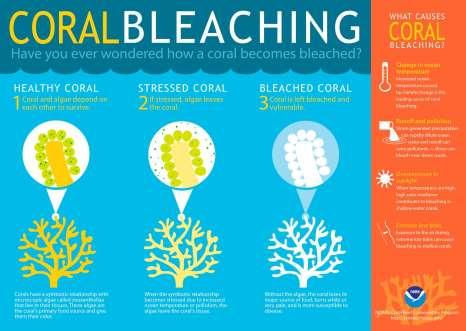
• Change in Ocean Temperature: Increased Ocean temperature caused by climate change is the leading cause of coral bleaching.
• Runoff and Pollution: Storm generated precipitation can rapidly dilute ocean water and runoff can carry pollutants, which can bleach near shore corals.
• Overexposure to sunlight: When temperatures are high, high solar irradiance contributes to bleaching in shallow water corals.
• Extremely low tides: Exposure to the air during extremely low tides can cause bleaching in shallow corals.

+918988885050
+918988886060
1 Arrange these cities of Japan from North to South. 1. Tokyo 2. Kyoto 3. Nagasaki
4. Hiroshima
(A) 1,2,3,4
(B) 1,2,4,3
(C) 2,1,3,4
(D) 2,1,4,3
Ans. (B)
2. Which of the following can be a reason for a megaquake?
1. Subduction of a tectonic plate.
2. Tsunami.
(A) Only 1
(B) Only 2
(C) Both 1 & 2
(D) Neither 1 nor 2
Ans. (A)

+918988885050
+918988886060
3 Consider the following statements and mark the correct one:
1. Earthquakes can be predicted.
2. A megaquake is an earthquake with a magnitude of above 8 on Richter Scale and has the potential of exceptional destructive power.
(A) Only 1
(B) Only 2
(C) Both 1 & 2
(D) Neither 1 nor 2
Ans. (B)
4. Consider the following and mark how many of the following can be the reasons for coral bleaching?
1. Low Tides
2. Global Warming
3. Marine Pollution including oil spills.
(A) Only 1 of the above can be the reason for coral bleaching.
(B) Only 2 of the above can be the reasons for coral bleaching.
(C) All of the above can be the reasons for coral bleaching.
(D) None of the above can be the reasons for coral bleaching.
Ans. (C)
5

+918988885050
+918988886060
Consider the following statements and mark the correct one:
1. Coral Reefs are in a symbiotic relationship with the oceans.
2. Great Barrier Reef is the world’s largest coral reef system.
(A) Only 1
(B) Only 2
(C) Both 1 & 2
(D) Neither 1 nor 2
Ans. (B)